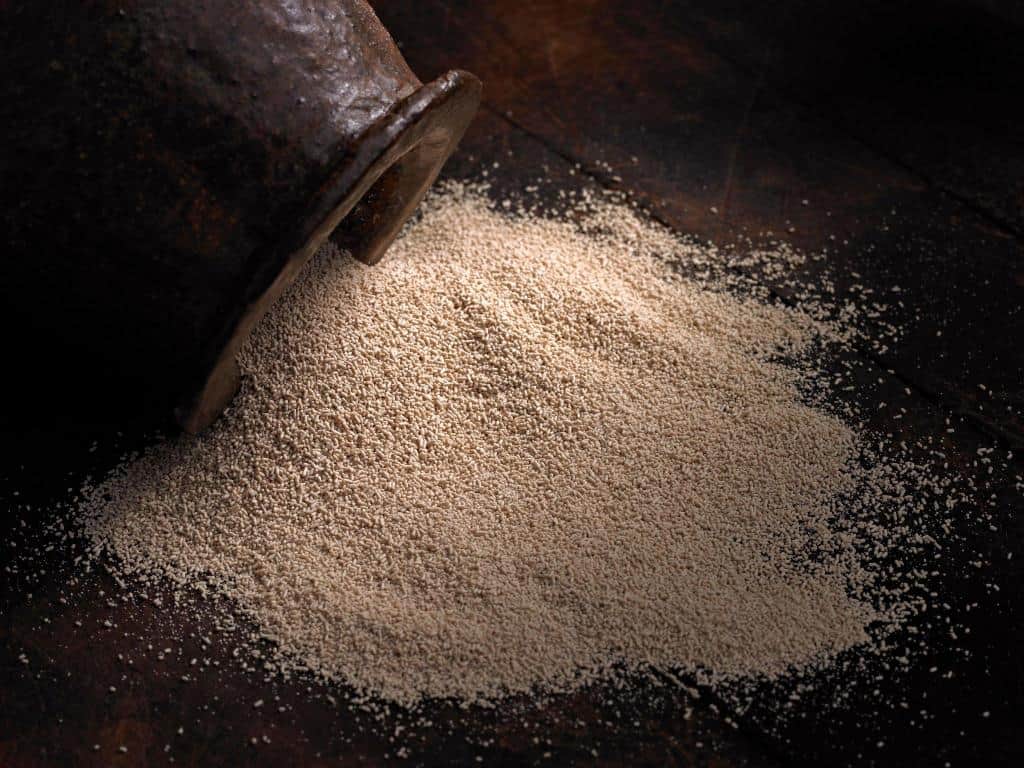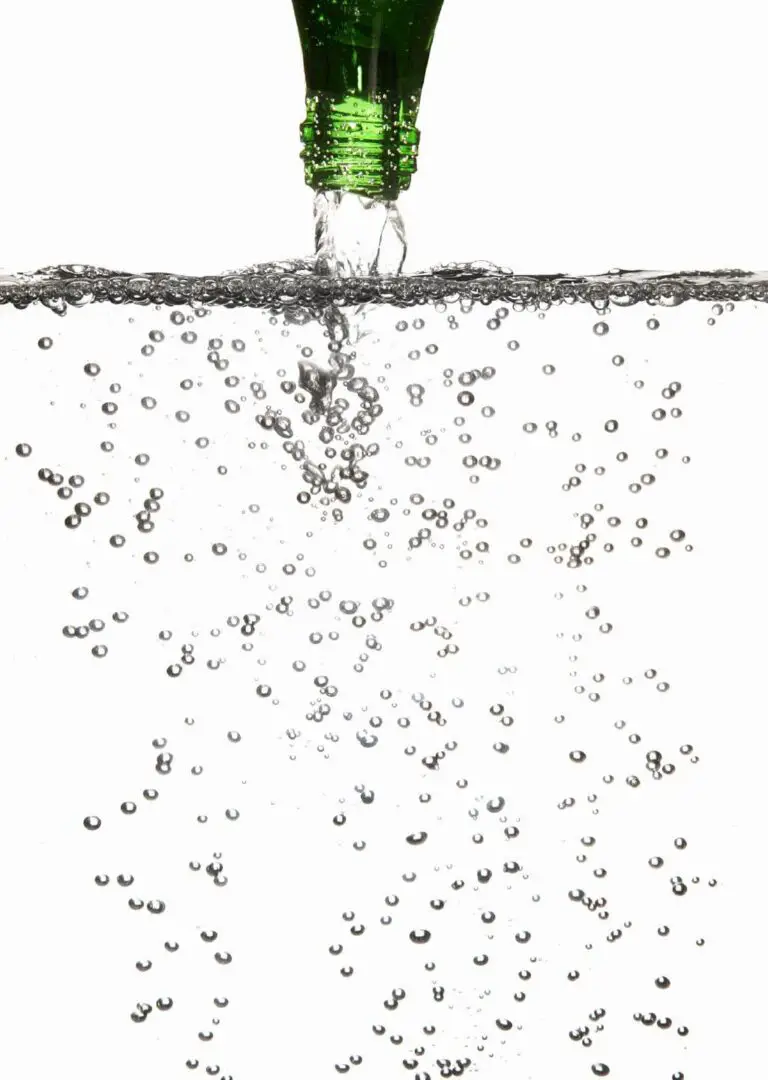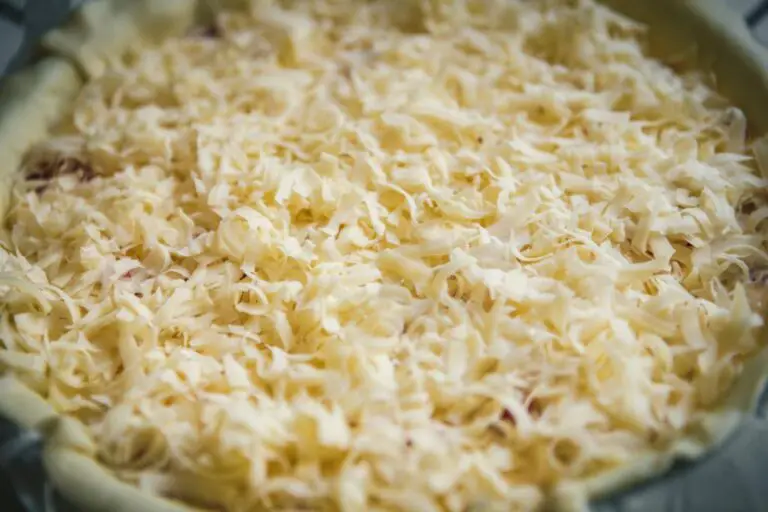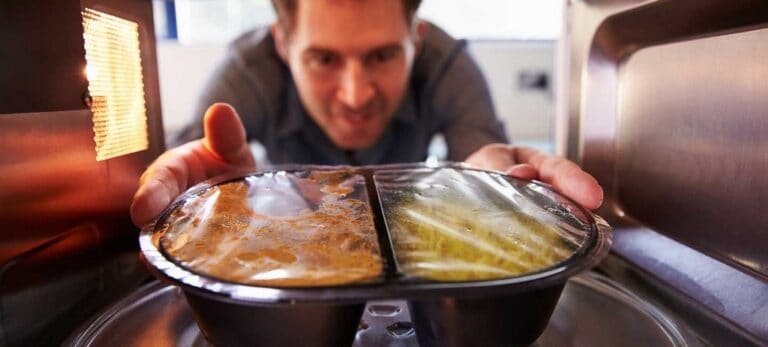How Long Does Active Dry Yeast Last? Does It Need To Be Activated/ Rehydrated?

Active dry yeast is a type of yeast that is commonly used in baking. Unlike fresh yeast, which is already active and does not need to be activated, active dry yeast needs to be rehydrated or activated before use.
If you’re a home baker, you probably know the joy of creating delicious, freshly baked goods right in your own kitchen. From crusty artisan bread to fluffy cinnamon rolls, baking is a fun and rewarding hobby. But to make your baked goods rise and turn out perfectly every time, you need to use yeast. And not just any yeast, but active dry yeast.
But here’s the thing: active dry yeast doesn’t last forever. And if you don’t store it properly or use it within a certain timeframe, it may not work as well or at all. Plus, you need to activate or rehydrate it before using it in your recipe. So, how long does active dry yeast last? And do you really need to activate or rehydrate it?
In this article, we’ll answer these questions and more. We’ll dive into the details of active dry yeast, including its shelf life, storage tips, and the importance of activating or rehydrating it.
Whether you’re a seasoned baker or just getting started, understanding the ins and outs of active dry yeast will help you create the perfect loaves, rolls, and other baked treats every time. So, let’s get started!
Understanding Active Dry Yeast
Active dry yeast is a type of yeast commonly used in baking. Unlike fresh yeast, active dry yeast is dehydrated, which means it has a longer shelf life and is easier to store. Because it is dehydrated, active dry yeast must be rehydrated before use.
One of the advantages of using active dry yeast is that it can be stored for long periods of time. Active dry yeast can be kept in an airtight container in the refrigerator or freezer for several months, making it a convenient option for home bakers who don’t bake regularly. Due to longer shelf life, many people substitute dry yeast for fresh yeast for the obvious reason.
When using active dry yeast, it’s important to be aware of the amount needed for a recipe. Most recipes call for a specific amount of yeast, usually measured in teaspoons or tablespoons. Using too much or too little yeast can affect the texture and flavor of the final product.
Another important factor to consider when using active dry yeast is the temperature of the water or milk used to activate it. Water that is too hot can kill the yeast, while water that is too cold may not activate it fully. The ideal temperature for activating dry yeast is between 105-115°F (40-46°C).
It’s also important to be patient when working with active dry yeast. Depending on the recipe, the dough may need to rise for several hours before it is ready to be baked. Rushing the rising process can result in underproofed dough that doesn’t rise properly.
How Long Does Active Dry Yeast Last?
The shelf life of active dry yeast varies depending on how it is stored and the brand of yeast. Typically, unopened packages of active dry yeast can last for up to 2 years when stored in a cool, dry place away from direct sunlight and moisture.
However, once the package is opened, the yeast should be used within 4-6 months.
To extend the shelf life of active dry yeast, it is important to store it properly. Active dry yeast should be stored in an airtight container in the refrigerator or freezer. Exposure to moisture, heat, or air can cause the yeast to lose its potency more quickly.
Take note that using expired active dry yeast can result in dough that does not rise properly or baked goods that have a dense texture. To ensure that your baked goods have the desired texture and rise, it is important to use fresh, unexpired yeast.
If you are unsure whether your active dry yeast is still fresh, you can perform a simple test to check its potency. Simply mix a small amount of yeast with warm water and sugar and wait for it to foam. If the mixture does not foam within 10 minutes, the yeast may be expired or no longer active.
Does Active Dry Yeast Need To Be Activated?
Active dry yeast does not need to be activated, but activating it before using it ensures that it is active and will work in your recipe.
If the yeast is near its expiration date or has been opened for more than a few months, activating it before use can protect the dough if the yeast is no longer active.
However, some sources suggest that you should activate active dry yeast if you want it to perform similarly to instant yeast. Instant yeast does not require activation and can be added directly to the dough mixture.
To activate active dry yeast, it needs to be mixed with warm water or milk at a temperature between 105-115°F (40-46°C). The warm liquid should be mixed with the yeast and left to sit for about five minutes until it becomes foamy and starts to bubble. This foamy mixture indicates that the yeast is active and ready to be used in the recipe.
Does Active Dry Yeast Need To Be Rehydrated?
Yes, active dry yeast needs to be rehydrated before use. Unlike fresh yeast, which is already active, active dry yeast is in a dormant state and needs to be activated in warm water or milk to wake up and get ready for use.
Rehydrating active dry yeast is a simple process that can be done in a few steps.
- First, warm up the liquid that you will be using, such as water or milk, to between 105°F to 110°F. This temperature range is important because it activates the yeast without killing it. If the liquid is too cold, the yeast will not activate, and if it is too hot, it can kill the yeast.
- Next, add the active dry yeast to the warm liquid along with a small amount of sugar to feed the yeast. Stir the mixture gently to combine, and let it sit for 5 to 10 minutes, or until it becomes foamy and bubbly. This foaming is an indication that the yeast is active and ready to be used in your recipe. If the yeast is not foaming, meaning the yeast is dead and you should change the mixture and add another batch of yeast.
- After the yeast is activated, it can be added to the rest of your recipe. It is important to note that once the yeast is activated, it should be used immediately, as it will begin to lose its potency quickly. This is why it is best to activate the yeast just before adding it to your recipe.
5 Tips To Make Your Yeast Works
Yeast is an essential ingredient in many baked goods, from bread to pizza dough to cinnamon rolls. However, getting yeast to work properly can be a challenge, especially for beginners. Here are five tips to help you make your yeast work and create delicious, fluffy baked goods every time.
- Use the right kind of yeast for your recipe. There are several types of yeast available, including fresh yeast, active dry yeast, and instant yeast. Make sure you use the type of yeast specified in your recipe and follow the instructions for activating or proofing the yeast.
- Make sure your liquid is at the right temperature. As mentioned earlier, yeast needs warm liquid to activate. However, the temperature of the liquid is crucial – it should be between 105°F to 110°F. Using liquid that is too hot can kill the yeast, while using liquid that is too cold won’t activate it properly.
- Add sugar to help the yeast activate. Yeast feeds on sugar, so adding a small amount of sugar to the warm liquid can help activate the yeast more quickly. Just make sure you don’t add too much sugar, as this can cause the dough to rise too quickly and then collapse.
- Let the dough rise in a warm, draft-free place. Once you’ve mixed your dough, it needs to rise before it can be baked. Make sure you let it rise in a warm, draft-free place, such as a turned-off oven or a warm spot on your countertop. Cover the dough with a clean towel or plastic wrap to keep it from drying out.
- Don’t overwork the dough. Kneading the dough too much or overworking it can cause the gluten in the dough to break down, which can lead to dense, tough baked goods. Follow the recipe instructions for kneading, and be gentle with the dough.






